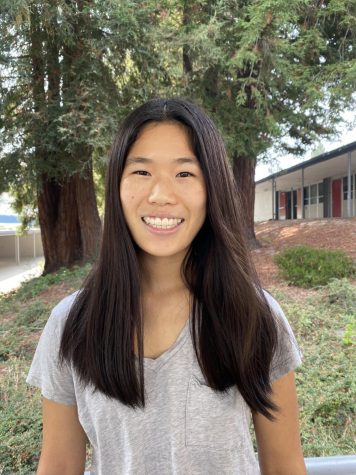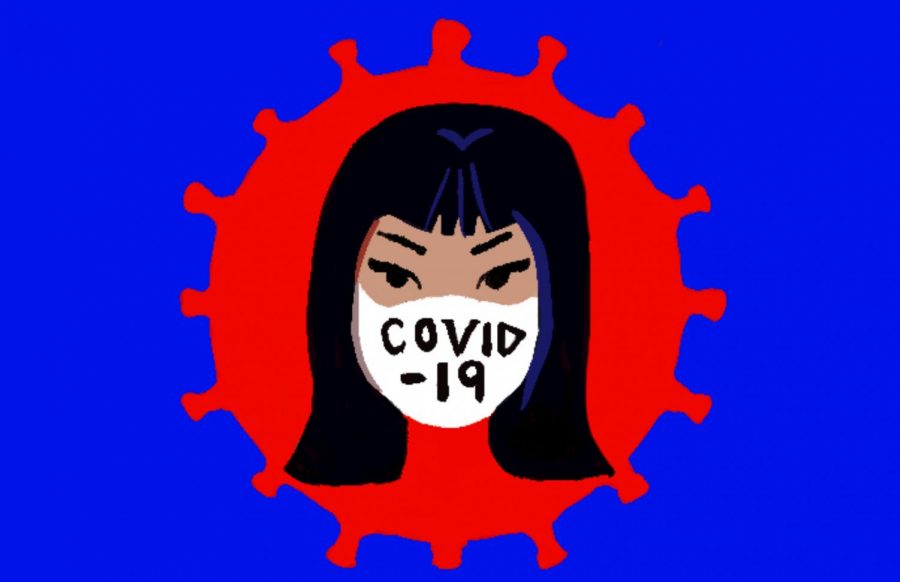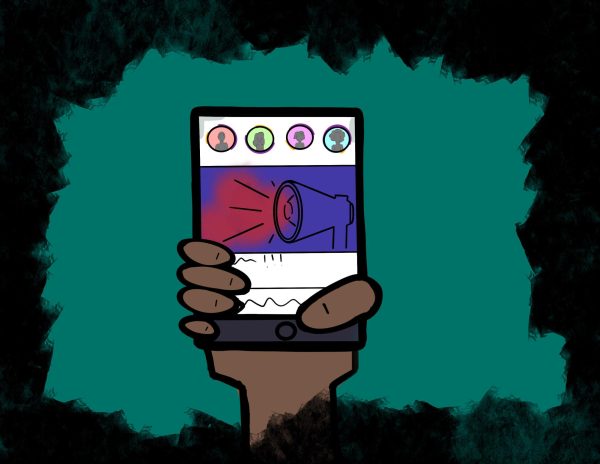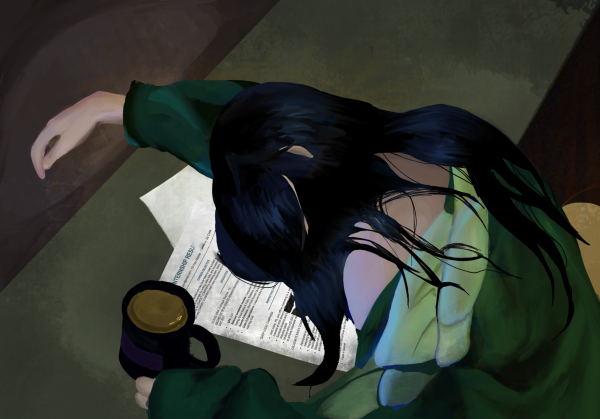Pandemic Highlights History of Racism towards Asian Americans
The spread of coronavirus has resulted in symptoms beyond high fevers and loss of taste: microaggressions and outright racism toward Asian Americans are also rising at an alarming rate.
While attention has thankfully been brought to this issue, many do not realize that racism towards Asian Americans did not begin when coronavirus hit the United States.
The “model minority” trope was 1st introduced by The New York Times in 1966, and similar reports were published by the U.S. News & World Report that year to highlight the “success story of 1 minority in [the] U.S.”. For decades, this myth has been used to perpetuate the idea that Asian Americans are all straight-A students and musical prodigies who have somehow, supposedly, risen above other immigrant populations.
While it is true that Asian Americans report less discrimination in employment, housing, and criminal justice, according to Harvard University’s 2018 Discrimination in America report, I have strong feelings in opposition to the “model minority” stereotype because it denies the diversity within the Asian American population and inadvertently implies that they do not face any degree of racism or other social challenges.
Perhaps racism against Asian Americans is not as explicit as it is against other minority groups. But, it existed long before certain politicians began placing the blame of the pandemic on a single race. And, it’s overlooked because it is often done through flippant microaggressions and offhand retorts.
What exactly are “microaggressions”? For Asian Americans, common comments include, “You speak English very well” (it’s the only language I speak), “Where are you from?” (Lafayette, but I was born in Dayton, Ohio if you’re that curious), and “You look just like XXX!” (seriously, not all Asians look alike).
Other comments are far more offensive. “Hey, open your eyes next time you talk to me,” “That food looks gross,” “Can you see me? Why are your eyes shaped like that?” are all remarks I’ve heard at school or in the community, though I’ll note that they were not all directed at me.
These may seem like harmless jokes, but that is exactly the problem. As a person of color, what I hear is that I’m a foreigner, someone who will always be different, in my own country — a country that my family has lived in since before the passage of the Chinese Exclusion Act in 1882.
Speaking of the Chinese Exclusion Act, this was the 1st and only immigration law that banned an entire ethnic group from entering the country. The law wasn’t repealed until 1943 — around the time when the United States government passed Executive Order 9066, which forced Japanese Americans to effectively relocate to concentration camps in the interior of the country.
These laws might be the most-known legal examples of Asian American racism, but there are far more that are not talked about. In 1906, a number of fires suspiciously raged through Chinese villages up and down the West Coast; many have equated the fires to a hate crime. Also in 1906, the San Francisco Board of Education decided that Japanese Americans would attend “Oriental schools,” a form of segregation.
When my own grandmother was a toddler, she and her family left Arkansas and moved to Texas because although her older sister deserved the valedictorian award, her high school would not award it to her due to her race.
I didn’t learn about any Asian discrimination in school until this year. I became interested in my family’s history after doing a cultural heritage project in my English class last year, so I did some research and reading on my own. Despite constantly learning about various countries and histories at school, my classes skipped over the parts of history where Chinese people were barred from the country and Japanese Americans were dragged away to internment camps.
Asian American prejudice is still ingrained in our culture today. In the workplace, the “bamboo ceiling” term denotes the idea that Asians are ideal employees but unqualified for leadership positions, according to the job resource website Career Trend. In Hollywood, Asian Americans have been largely unseen for decades; Crazy Rich Asians, the ground-breaking 2018 romantic comedy, was the 1st non-period movie with an Asian American lead since 1993.
I would like to note that I am, in no way, trying to downplay the experiences of other minority groups, but am merely hoping to shed light on an issue that I believe is overlooked far too often. Asian American racism is a story that many non-Asian Americans have not heard.
Coronavirus didn’t create racism towards Asian Americas, but it has certainly exacerbated it.
According to a report by San Francisco State University Professor Russell Jeung, there were 673 reports of COVID-related discrimination from March 19 to 25.
This issue has undoubtedly been exacerbated by President Trump’s repulsive word choice in referring to the virus as the “Chinese virus,” against the warnings from World Health Organization (WHO) experts who thought such a name could heighten racial tensions.
More recently, politicians have begun calling for China to pay reparations for the coronavirus. According to The Independent, South Carolina Senator Lindsey Graham said he’d “make China pay big time.”
What this rhetoric does, more than anything, is give people a target to blame and a perceived reason to discriminate.
Texas Senator John Cornyn has received backlash for his interview with American news site The Hill on March 18, where he said, “China is to blame because the culture where people eat bats and snakes and dogs and things like that, these viruses are transmitted from the animal to the people and that’s why China has been the source of a lot of these viruses like SARS, like MERS, the swine flu and now the coronavirus.”
Cornyn’s comments are insensitive, at best. In my opinion, they are clearly racist.
For one, neither MERS nor the swine flu originated in China, according to the Centers for Disease Control.
His ignorant claim that Chinese culture involves eating wild animals, like bats and snakes, and therefore makes it responsible for this pandemic, is tremendously flawed. While I’ve never been to China, I’ve made several trips to other Asian countries and feel that I am educated enough on these cultures to say that this practice is not traditional.
I would like to point out the glaring double standards with Cornyn’s comment: Westerners eat an abundance of “weird” foods (including rattlesnakes, frogs, and snails) and also eat animals that are considered “sacred” to other cultures (as dogs are, in ours), such as beef or pork. No one sees other world leaders publicly bashing the U.S. for spreading obesity around the world as the source of fast-food culture.
It should be noted that Cornyn does not represent an isolated perspective — I have seen or heard similar comments about Chinese people eating dogs and bats in news articles, on social media, and even in my Mandarin classes at Campolindo. Lululemon recently fired an employee for promoting a “bat fried rice” t-shirt on his Instagram.
In fact, none of the aforementioned Asian American prejudice can be attributed solely to the rise of the COVID-19 pandemic.
In order for an issue to be addressed, it must 1st be acknowledged. And that, quite frankly, is all I’m asking you to do: acknowledge it so it can be addressed. Let’s stop using the model minority stereotype to ignore prejudices. Most importantly, let’s stop normalizing racism against Asian Americans.
Your donation will support the student journalists of Campolindo High School's The Claw. Your contribution will allow us to produce more issues and cover our annual website hosting costs.

Amanda Young, a senior at Campolindo, enjoys raising awareness for social justice issues and being active in her community.
She is an intern with Stop...



Ethan Cho • Apr 27, 2020 at 3:18 pm
preach